The day I set foot in Shangri La, I still could not believe that I had reached the gateway to Tibet. I spent 48 precious hours exploring the unique architectural works here.
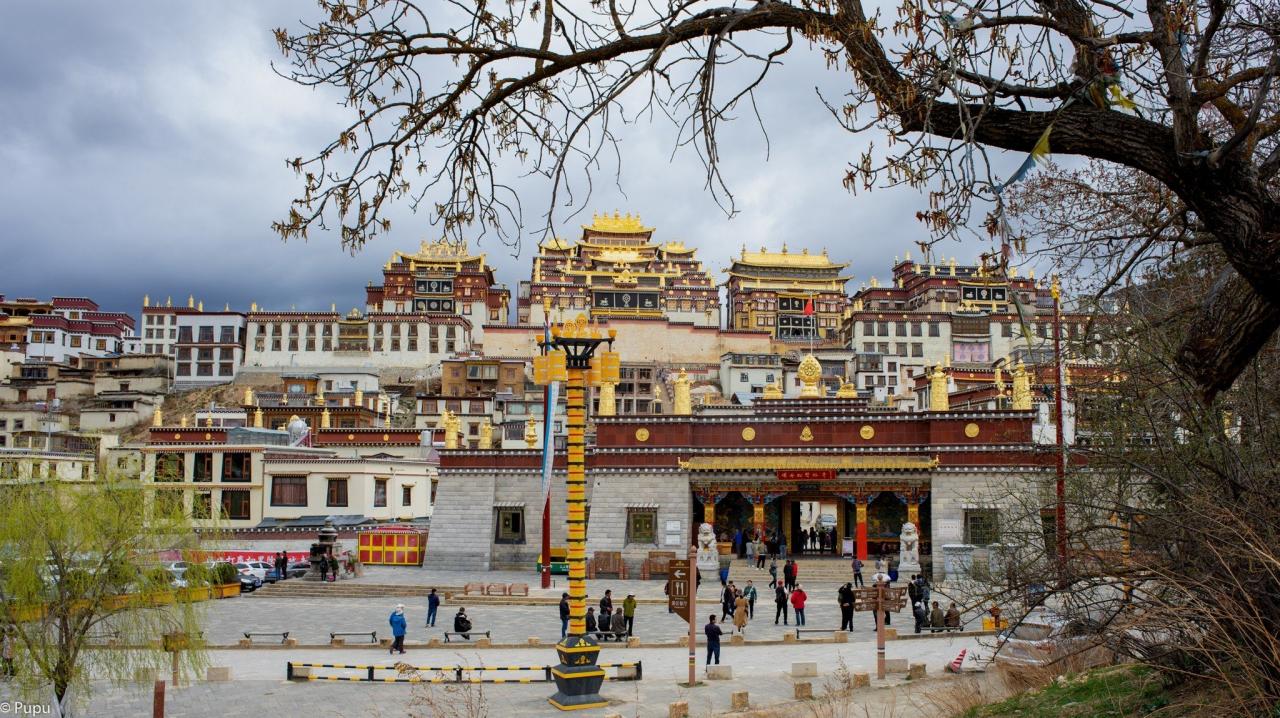
Shangri La is known as the land of immortality and seems isolated from the outside world , where there is a Lama monastery at the end of the Kunlun Mountains in the novel Lost Horizon. Based on these almost identical descriptions, Zhongdian district (Trung Dien) on the border between Yunnan and Sichuan provinces (China) was named Shangri La. At an altitude of about 3,300 meters above sea level, this place is considered the "gateway to Tibet" and is a popular stop for those who want to explore the Tibetan plateau.
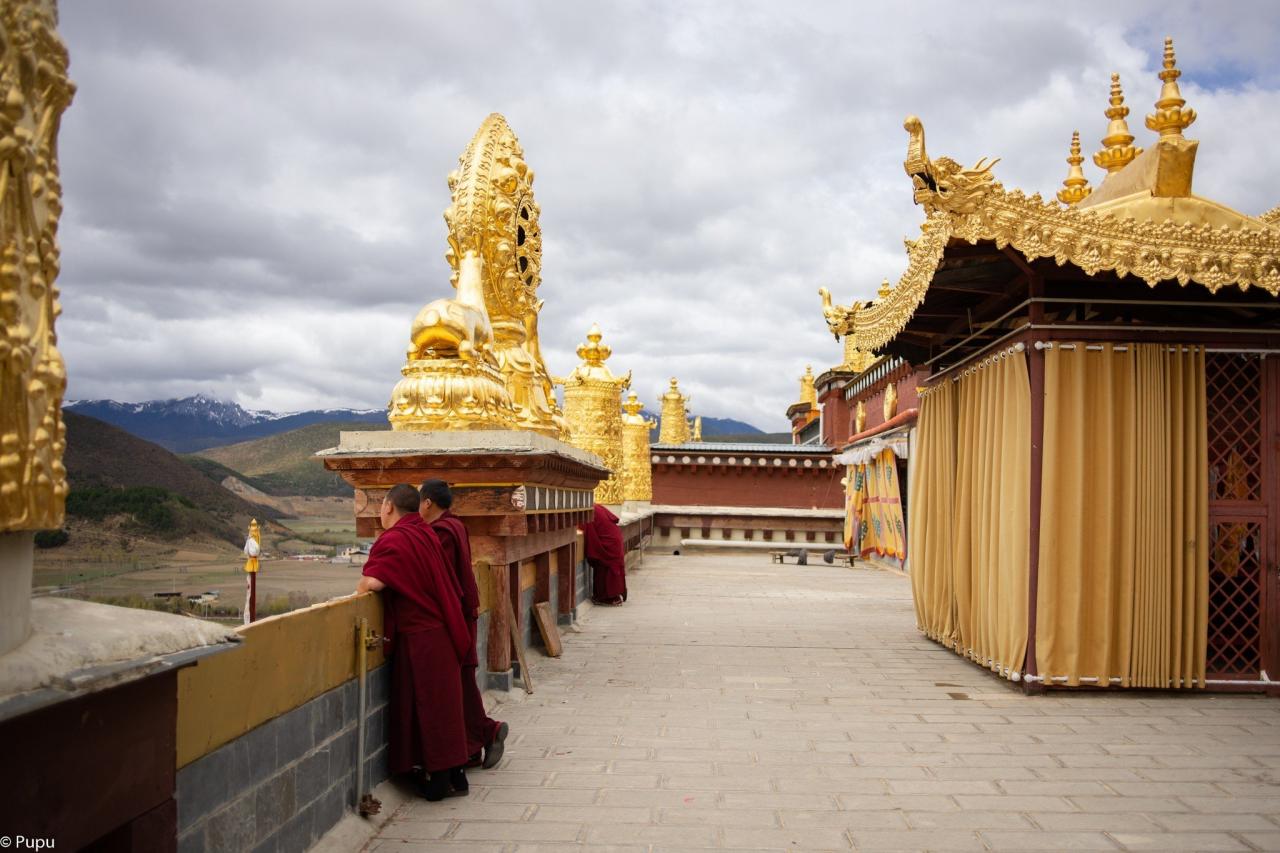
For many people, traveling far means going to expensive places like Europe and America. For me, far away means having to overcome long journeys, overcoming challenges of altitude, terrain, and completely different cultures. It is beyond imagination for a person of average health like me, because I have not encountered any obstacles such as altitude sickness or lack of oxygen. Shangri La welcomed me with a sky of fresh and airy air.
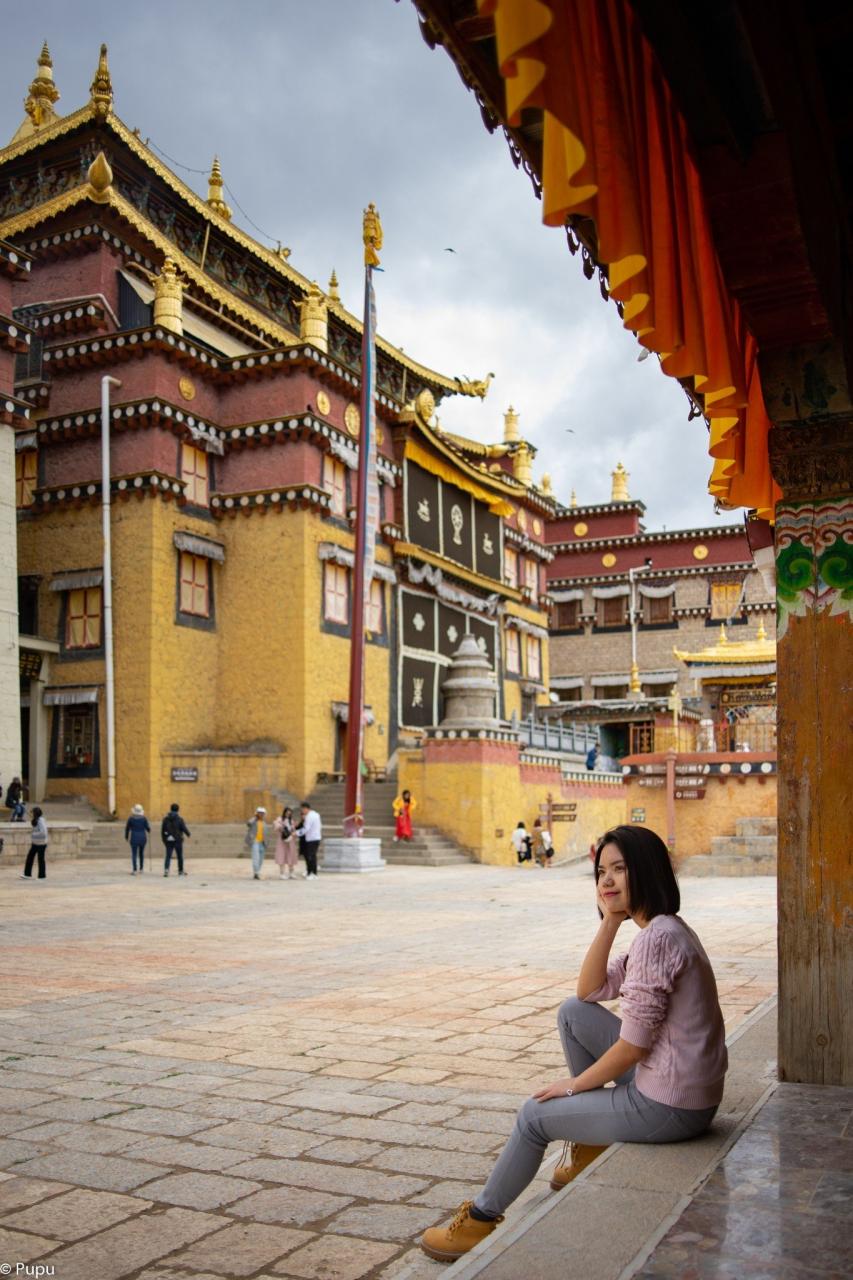
To fully experience the unique culture of the Tibetan people, I chose a homestay room with a typical architecture of earthen walls surrounding a U-shaped house with a large yard in front. The rooms are built on 2 floors, the wall frames are all made of wood. My room is on the 2nd floor, going up requires stepping on a slightly creaking wooden staircase located in the corner of the yard. The interior of the room is simple but must be said to be sophisticated in every detail, such as mirrors, basins, fake copper water heater system, carpets, bed sheets, wall decor with brocade patterns. In the morning, holding a cup of tea and sitting by the window, you can immediately see Dai Phat Tu Pagoda, the sound of the temple bell echoes.
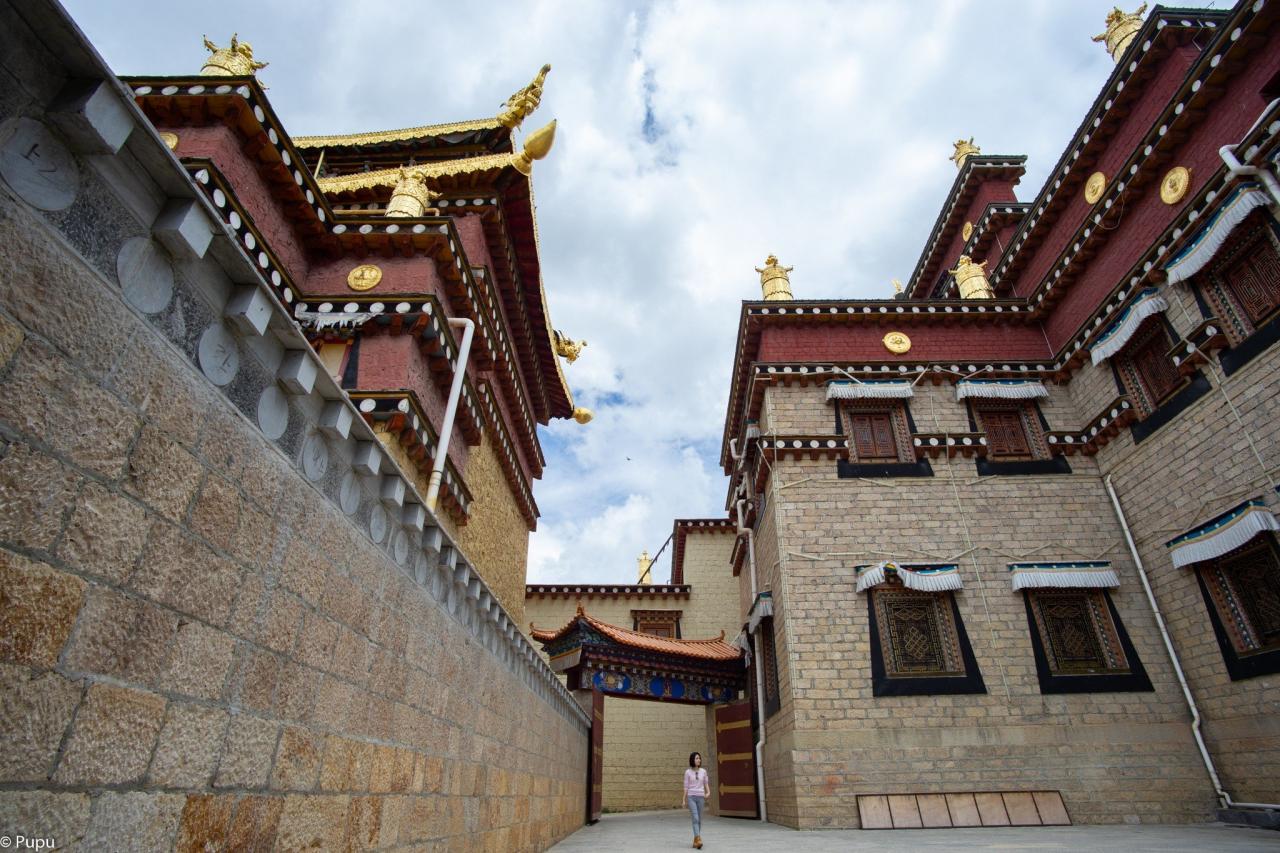
The homestay I stayed at is located right in the 1,300-year-old Dukezong old town, just a few steps away from the central square. One corner of the square is the Chinese People's Liberation Army Museum, recreating the image of soldiers living in harmony with local people carrying water, washing clothes... The other corner is a row of shops from restaurants, traditional teahouses, where visitors can enjoy typical Tibetan cuisine and drinks to shops selling handicrafts, plaster, ceramics, embroidery, jewelry... Because the entire house is made of wood, in 2014, there was a big fire here, after which many houses here were restored. The name Dukezong translated into Tibetan has a very romantic meaning of "moonlit ancient city".
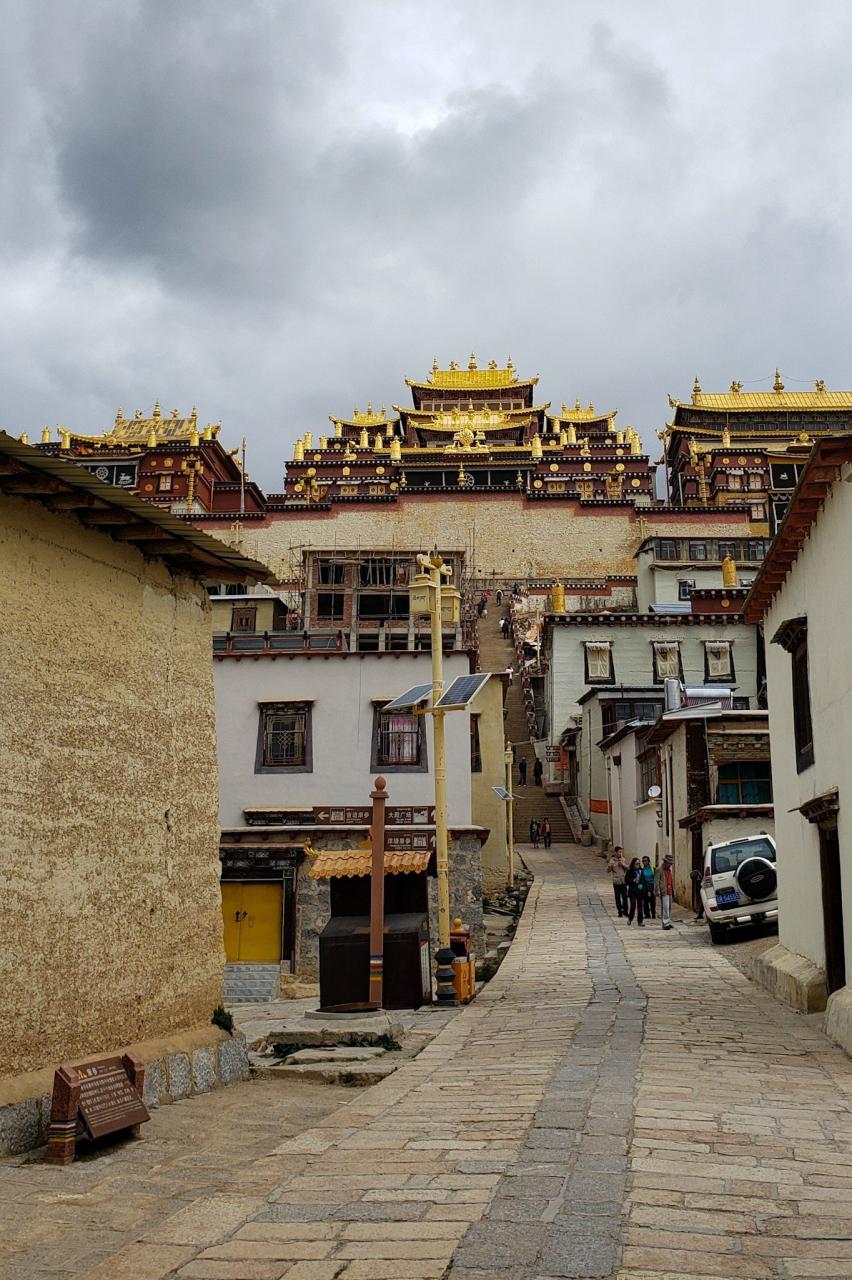
Compared to the habit of waking up early of Vietnamese people, the old town here usually starts to have people opening shops around 9-10am, people walking around are also sparse, quiet. It seems that during the day, most tourists go to visit other places, and only gather in the evening to crowdedly bustle in the square. But thanks to that, Vietnamese tourists like me do not need to wake up early to easily have many photo frames without having to jostle.
Standing out in the center of the square is the Great Buddha Temple located on a high hill, more beautiful and sparkling when visiting from the evening. Because at this time, the whole temple is lit up with hundreds of colorful lights. Coming here mainly to visit the architecture and decoration of Tibetan Buddhism, so quite curious, the most impressive is probably the Great Prayer Wheel, an indispensable dharma treasure in the spiritual life of Tantric Buddhism. Interestingly, it takes at least 6-8 people to turn it clockwise at the same time, but whether I come here in the morning or evening, I never see a single person, they gently walk around and whisper prayers for luck and peace. I heard that inside the Great Prayer Wheel there are countless mantras and mysterious texts. Below the Great Buddha Temple is a row of peach blossom trees, if you go in the right spring when the flowers bloom, it is very beautiful.
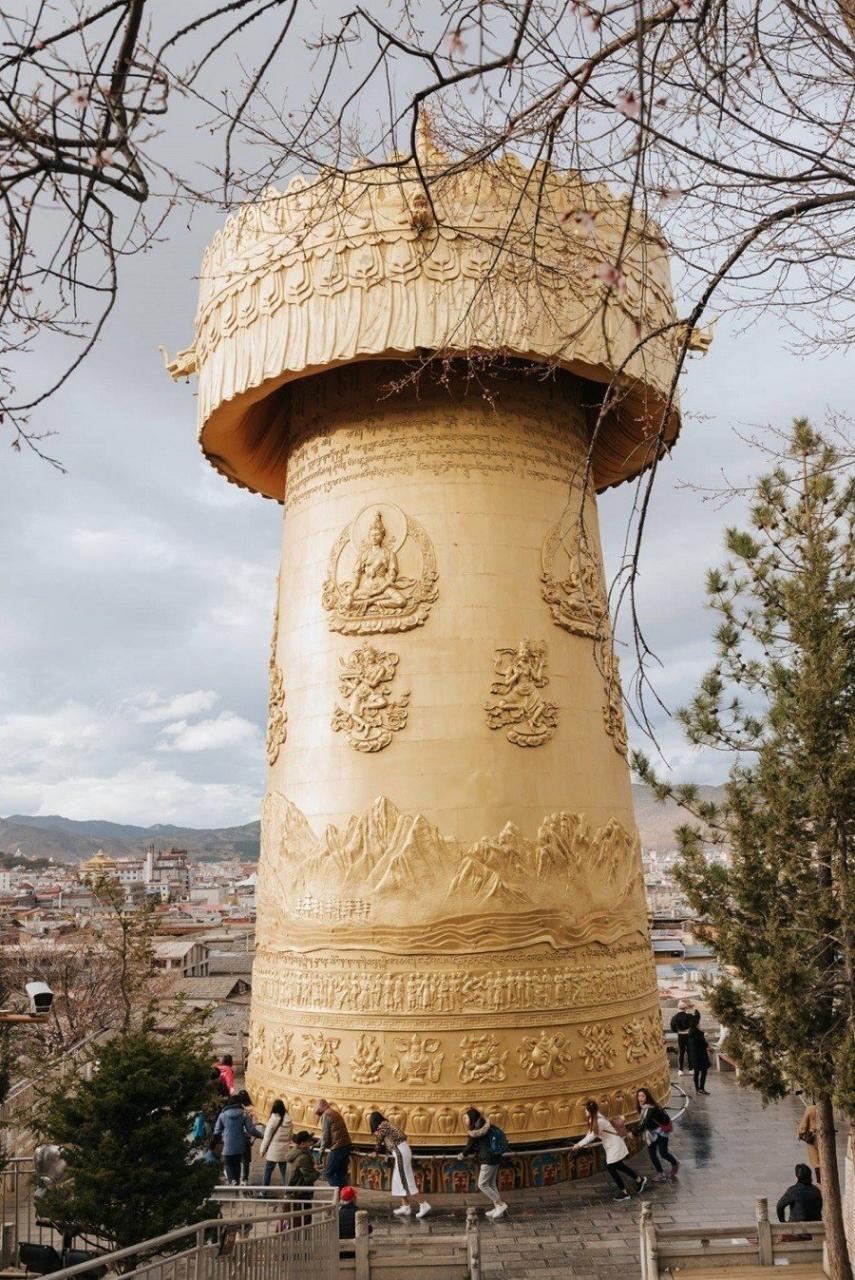
However, the Great Buddha Temple is just a super, super small corner compared to Songzanlin, also known as Songzanlin Temple. It can be said that this is a must-see attraction when coming to Shangri La and also the place that I was most eager to explore before setting foot here. The interesting thing about Dukezong Ancient Town is that there are no house numbers, including homestays and large hotels. Therefore, if you want to take a taxi to Songzanlin, you have to walk a distance to the main road to call a taxi, the cost is 20 yuan for the distance from the ancient town. The taxi dropped me off at a station, similar to a bus stop in Vietnam. From here, I bought a bus ticket to continue for about 10 minutes through winding roads to reach Songzanlin village. Those who are leisurely can walk, but it is not mandatory to take the bus, but I find that walking is quite long, it takes about 40 minutes depending on your health.
From the bus stop, you will have to climb a small hill on the opposite side to take a "classic" panoramic photo of Songzanlin Monastery with 3 outstanding colors of white, red, and yellow shining under the sunlight. If you go in the rainy season, you can go back a little further to take a photo from the lake, the shadow of the monastery standing tall on the high hill with the lake surface, the vast grass makes it much more majestic. Songzanlin Monastery was built in 1679 according to the miniature prototype of the Potala Palace in Tibet and is one of the largest and most important monasteries of the Tibetan people in China.
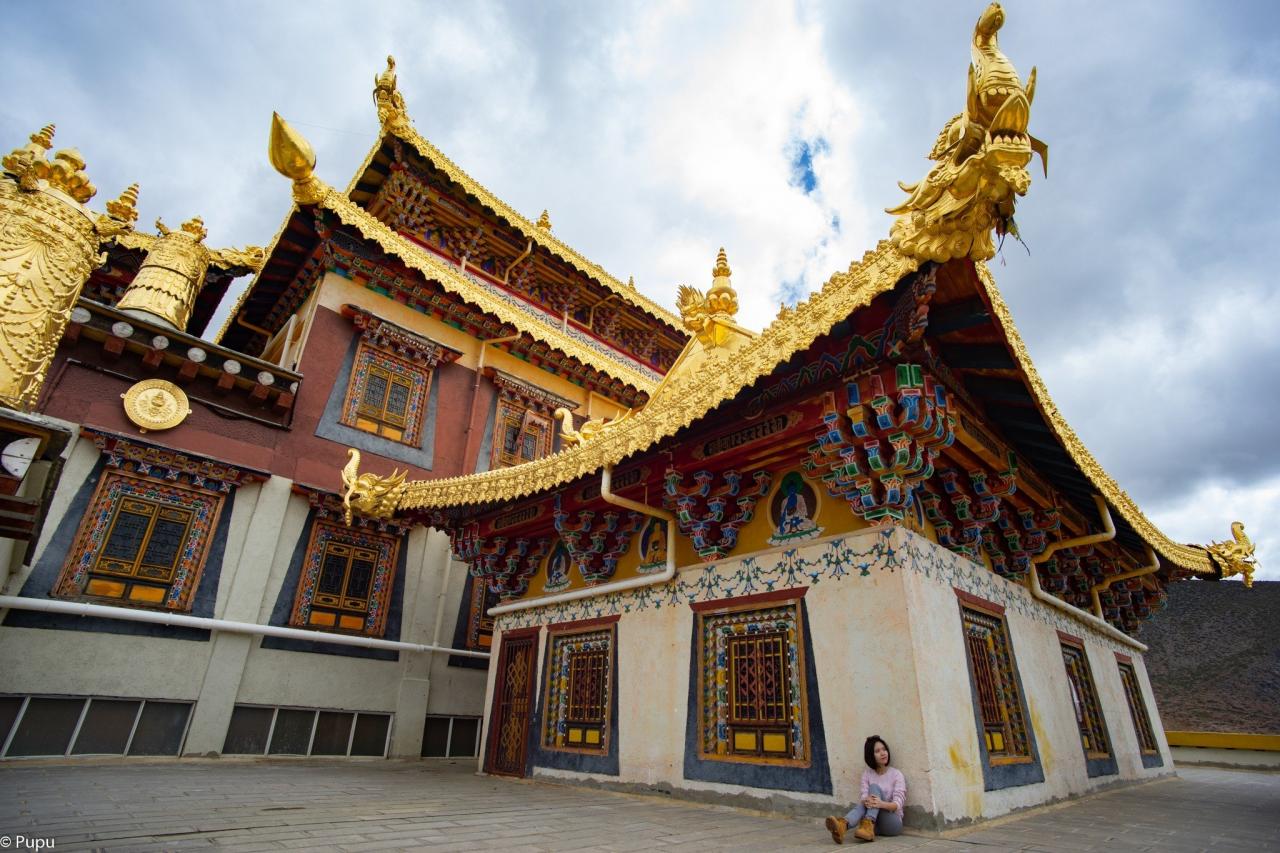
Songzanlin Monastery consists of many rooms and halls, visitors are free to enter and exit, but most of them have signs prohibiting photography inside. When entering Songzanlin Monastery, you will feel the sacred atmosphere by the high ceiling with many Buddha statues, religious items and a bit of silence due to the lack of natural light.
However, I like Tibetan Buddhism because it is very close, very real in everyday life. It is almost only in Tibetan villages that we can see young monks running and laughing happily in the sun. I saw that most tourists only visited the ground floor, so when we went up to the upper floors of the monastery, only the foreign couple went up with us. We were absorbed in admiring the carvings and decorations in the rooms. Occasionally, we came across a few rooms with closed doors, with a few monks inside looking back at us through the windows with calm eyes, as if they were too familiar with these curious tourists.
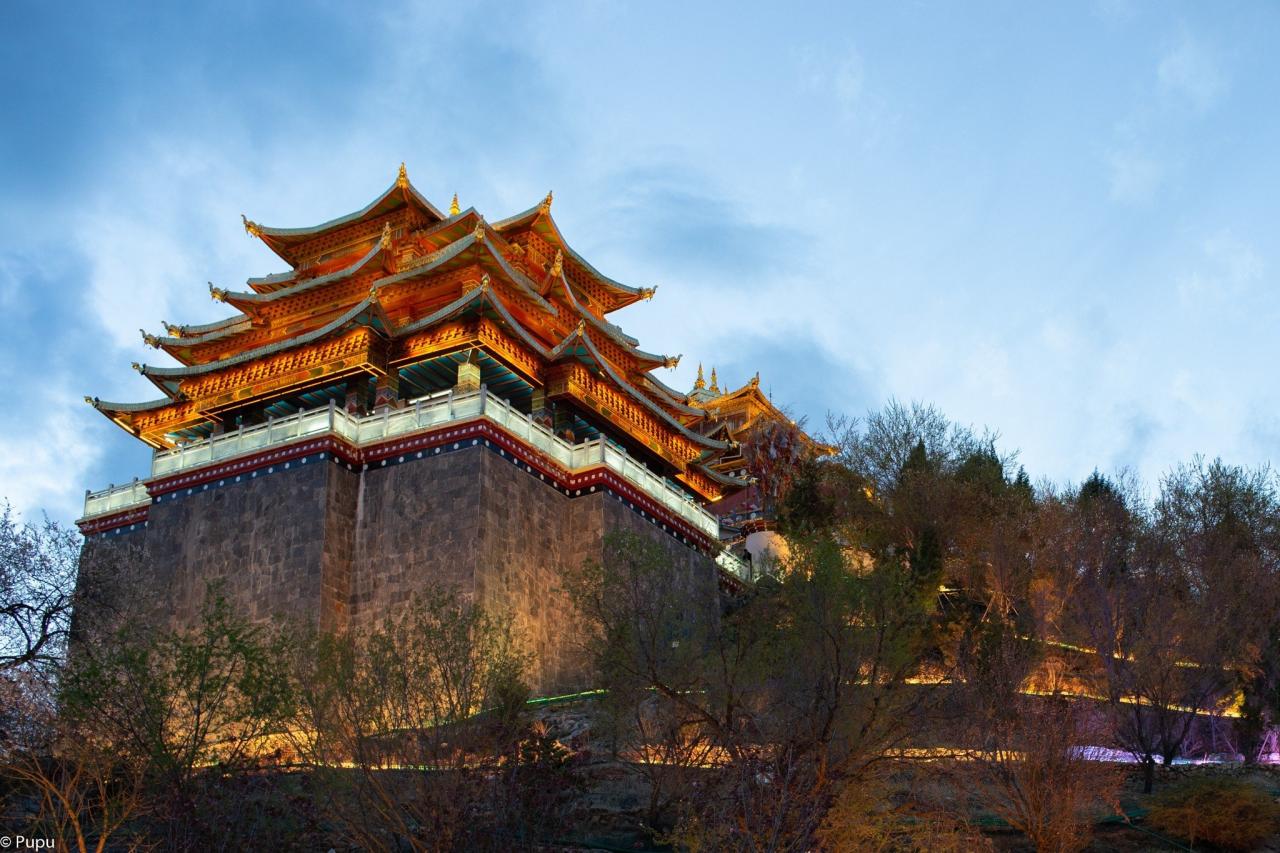
Walking to a room on the third floor, suddenly appeared three monks holding three horns almost as tall as their bodies and an old monk who seemed to be the leader. Waiting for the old monk to give the command, the three monks simultaneously blew the horns loudly signaling 12 noon, and perhaps it was also some other time they had set that I did not know.
Going up to the top floor, you can look out to see the scenery, the scenery far, far away in front of you. A group of monks in red robes also stood here whispering, admiring the scenery, occasionally glancing at us for a bit and then pretending not to. I am the type who likes to travel slowly, slowly exploring each place, so by the time I returned to the main yard, it was almost 1 o'clock. But it was lucky because at that time, there were no more tourists, so I could take pictures and check in without anyone in my way.
Surrounding Songzanlin Monastery are the private homes of residents who all follow Tibetan Tantric beliefs, creating a unique Buddhist village. They live a simple life, following Tibetan cultural and religious traditions. Visitors can interact and immerse themselves in the daily lives of the residents, discovering their unique culture and spiritual traditions. The traditional houses of the village are built of wood and stone, with strong Tibetan architectural features. Small paths wind through the village, creating a beautiful and romantic space. Songzanlin Village also has traditional shops and markets where visitors can buy unique Tibetan handicrafts such as coats, scarves, jewelry and handicrafts made of wood, stone and metal.
Small notes when traveling to Shangri La
- If you take the Lijiang - Shangri La route, you should go to Lijiang first and then to Shangri La to gradually adapt to the altitude and thin air.
- You can take more brain circulation pills to help blood circulation.
- You should bring hot tea, ginger tea to warm up your body; skin cream because the climate here is very dry.
- Wear white, yellow, or red clothes to stand out in photos. Use a wide-angle lens to take photos of landscapes and architecture.
Check out the package tour information, departing from Hanoi with Vietravel:
Flight route: Kunming - Lijiang - Shangrila (5 days 4 nights)
China Eastern Airlines - Departure: August 22; September 19 - Package from: 17,900,000 VND
Road and high-speed train: Hekou - Dali - Lijiang - Shangrila - Kunming - Visit the filming location of the movie "Going Where the Wind Is" (6 days 5 nights)
Departure: August 2,9,16,23,30; September 6,13,20,27 - Package from: 14,900,000 VND
See tour program at: https://travel.com.vn/tim-tour/3/2/2023-07-26/0/6/ket-qua.aspx
For detailed advice, please contact:
Vietravel Tourism Company - Hanoi Branch
No. 03 Hai Ba Trung, Hoan Kiem, Hanoi
Phone: 024. 3933 1978 - Hotline: 0989370033 | 0983 16 00 22
Facebook/VietravelMienBac | Zalo/ Vietravel Travel Promotion Box






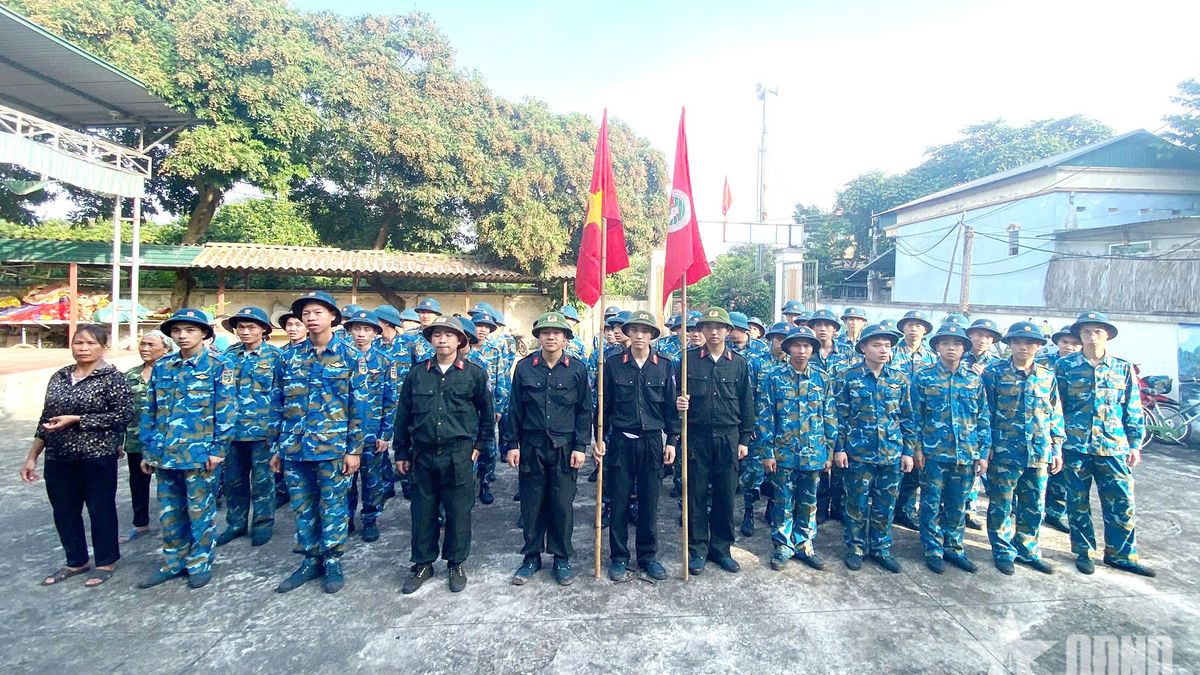

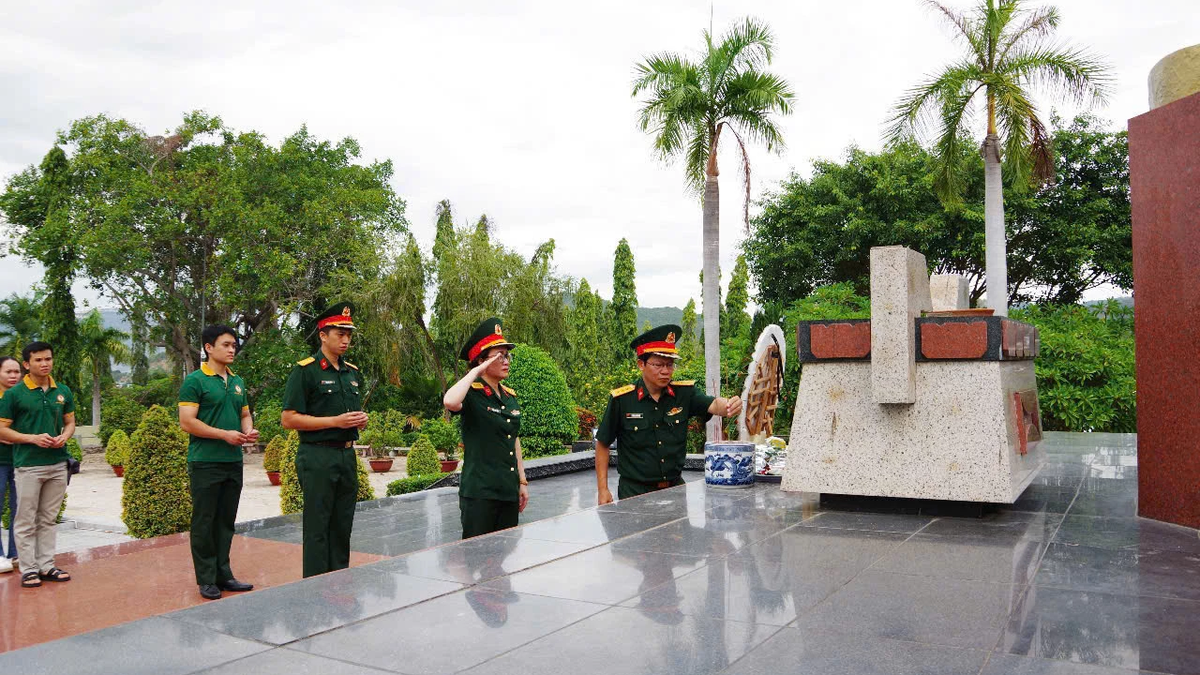



















































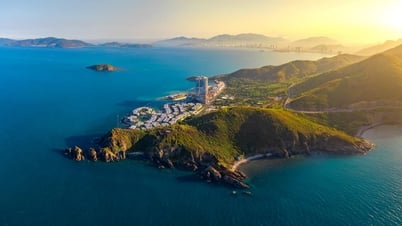


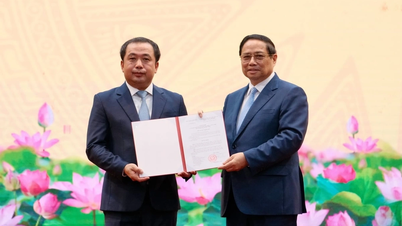





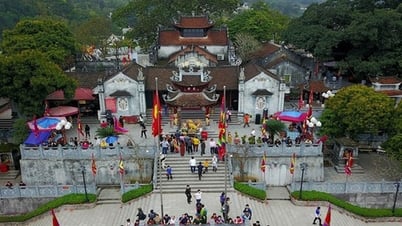


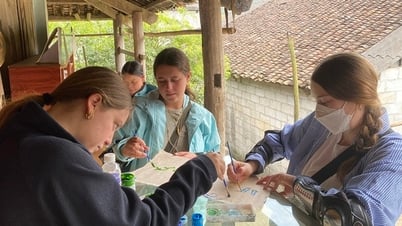



























Comment (0)